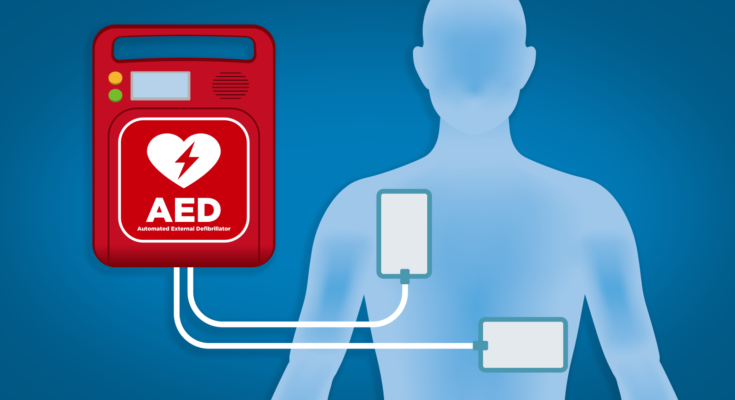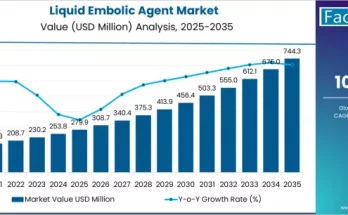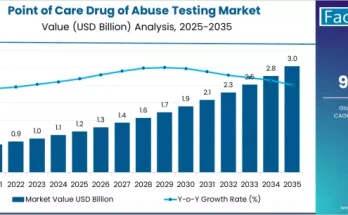The global automated external defibrillators market is expected to grow significantly in the future. For the forecast period 2022-2032, a whopping CAGR of 11% is predicted, reaching US$ 48.26 Billion. Technological advancements, as well as increased government involvement through research funding, will drive up demand for automated external defibrillators.
According to the World Journal of Cardiovascular Diseases, approximately 20% of the Western population suffers from cardiac problems. This is due to an increase in obesity, diabetes, smoking habits, high cholesterol, and sedentary lifestyles.
As a result, hospitals are increasingly looking for ways to resuscitate patients suffering from sudden cardiac arrests and ensure rapid response via defibrillators in order to avoid fatalities. Funding for research and development of novel medical technologies that address cardiac emergencies is increasing.
Key Takeaways from the Market Study
- Global market for automated external defibrillators to flourish nearly 3x by 2032
- S to be a highly opportunistic market, registering a CAGR of 8% through 2032
- China to be the 2nd most lucrative automated external defibrillator market, growing at a 7.7% CAGR
- Japan & South Korea to collectively expand at a CAGR of 12.3% through 2032
- Fully-automated defibrillators to expand at a CAGR of 7.3% from 2022-2032
“The global market for automated external defibrillators is expected to grow in the future. Increased government support in the form of research funding for cardiac issues will drive market growth. Key companies are focusing on developing new devices with cutting-edge technology to address heart-related issues,” says a Fact.MR analyst.
Request Sample Report
Competitive Landscape
With a highly consolidated market, the key players in automated external defibrillators are primarily focused on developing new products. Philips Healthcare, for example, manufactures the HearStart ranges of devices such as the FR3, OnSite, and FRx. Because of their sturdy construction and light weight, these devices are easy to use. Similarly, Stryker manufactures the HeartSine Samaritan PAD 350P, HeartSine Samaritan PAD 360P, LIFEPAK 100 Defibrillator, and LIFEPAK CR Plus devices. The PAD series includes a programme manager that alerts users to potential malfunctions that may impair device performance. The key market participants include:
- Koninklijke Philips
- Physio-Control Inc. (Stryker)
- Nihon Koden Corporation
- Asahi Kasei Medical Co. Ltd
- GE Healthcare Ltd.
More Valuable Insights
Fact.MR, in its new report, offers an unbiased analysis of the global automated external defibrillators market, analyzing historical demand from 2015-2021 and forecast statistics for 2022–2032.
The study reveals growth projections on the automated external defibrillators market on the basis of key technologies (semi-automatic and fully-automatic), key sizes (standard automated external defibrillators and pediatric automated external defibrillators) and end users (hospitals, public access, emergency medical services, homes, work spaces and private cardiac clinics) across five major regions (North America, Latin America, Europe, Asia Pacific and Middle East & Africa).
Fact.MR’s Domain Knowledge in Healthcare
Our healthcare consulting team guides organizations at each step of their business strategy by helping you understand how the latest influencers account for operational and strategic transformation in the healthcare sector. Our expertise in recognizing the challenges and trends impacting the global healthcare industry provides indispensable insights and support – encasing a strategic perspective that helps you identify critical issues and devise appropriate solutions.
For more information, refer to our market research report or contact the PR author.



